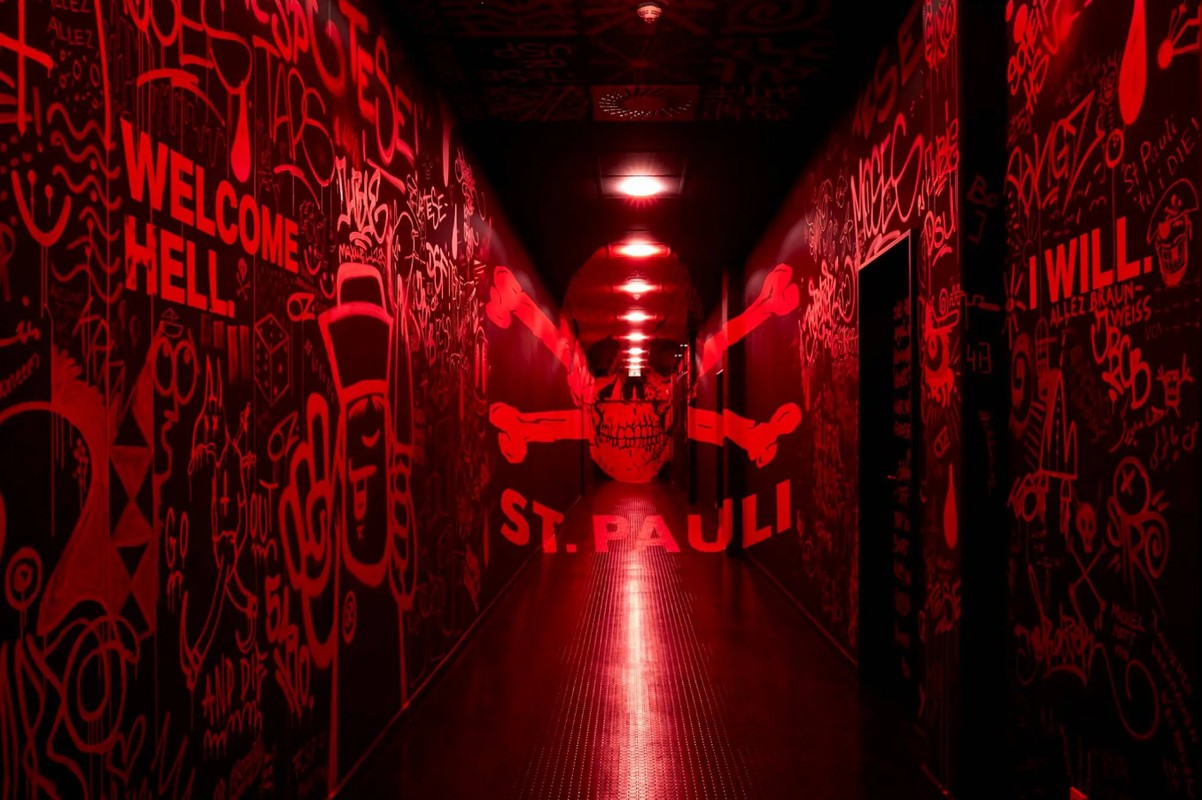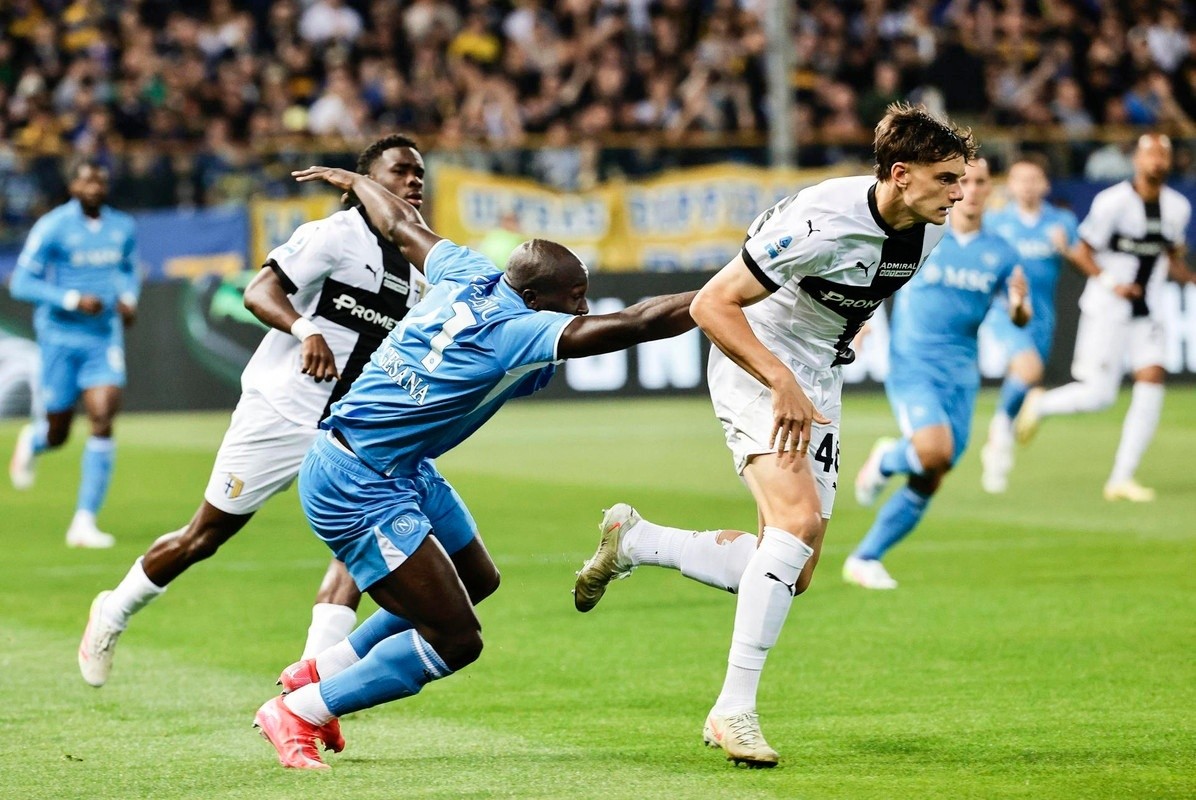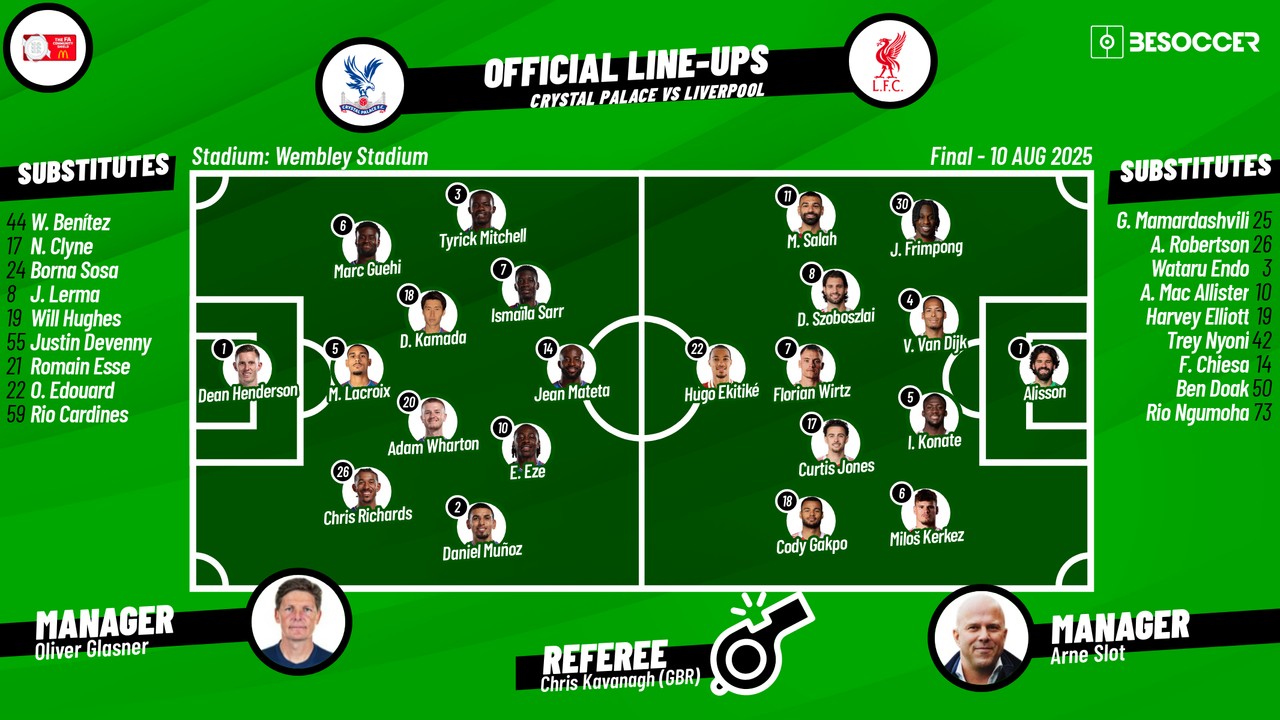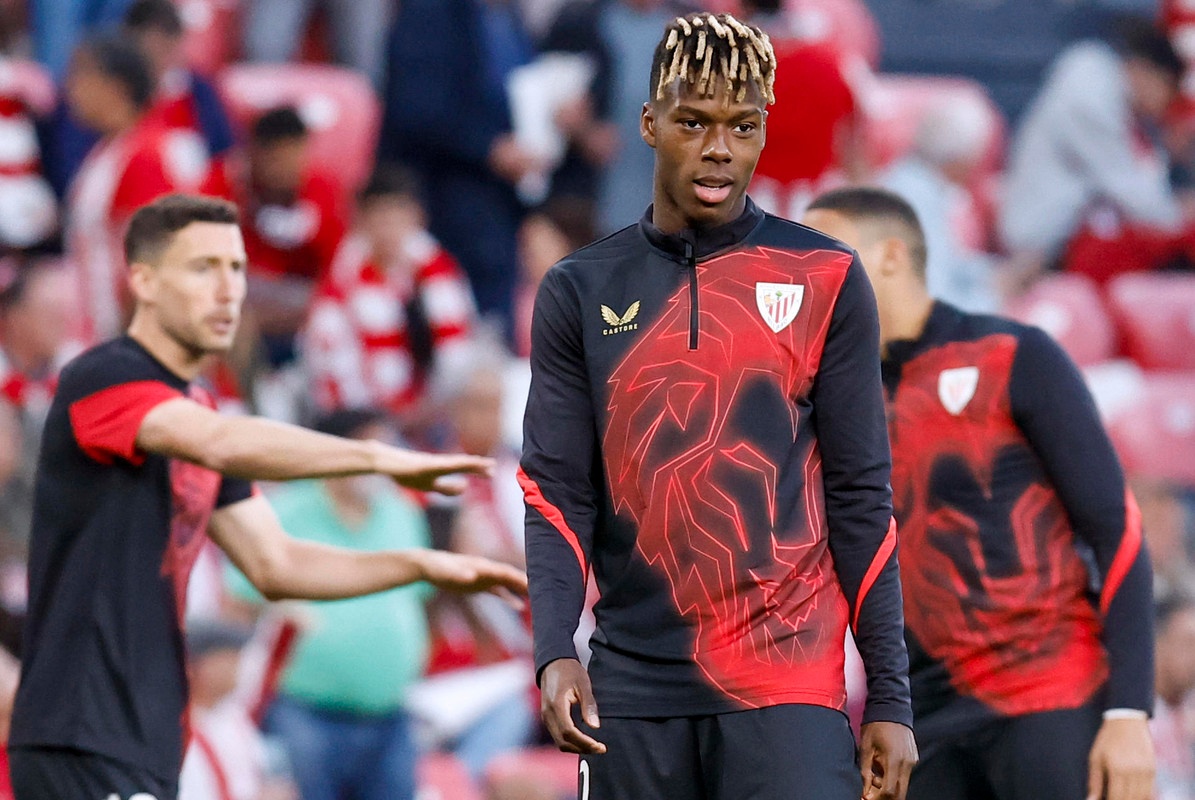Holstein Kiel is welcome to St Pauli 'hell'

The Millerntor Stadion of St. Pauli holds an interesting story of a particular and popular team in one part of Germany. With its political overtones, this club is located on the edge of Hamburg's Red Light District.
9 months ago
St. Pauli has always wanted to distinguish itself, beyond the purely sporting aspect, by its social defence and the community of its fans with a left-wing - sometimes even extreme - political ideology that defends the people and rejects fascism. Founded in 1910, the German team is based in a region of Hamburg, Germany's second most populous city after Berlin. It was from 1980 onwards that this more extremist political sentiment began to grow with the expansion of the ultra movement. In his case, the extreme left. This is the story of the Millerntor Stadion, its home.
It opened in 1963 and from the 1970s until 1998 it was called the Wilherlm-Koch Stadion in honour of its former president. And it has its history, as all the appreciation of his figure changed in 1997, when historian René Martens published a book in which he gave details about Koch's life. In that account, Martens linked many of Koch's achievements to Nazi aid. This was something the organisation could not allow because it was in complete contrast to its values. In fact, to this day, in its statutes, it bases its ideals as a team against racism, facism and sexism.
That is why St. Pauli itself, as a club, made a move and commissioned a second report on the subject from Frank Bajohr, an expert on the Holocaust. The conclusion was that Koch himself had no choice but to comply with what the Third Reich had forced on him at the time.
A decision that did not convince the fans, who managed to hold a vote to change the name of the stadium. With 133 votes in favour and 72 against, it came out expensive. Since then, St. Pauli's stadium has been the Millerntor Stadion. A name that has its intricacies for two reasons: firstly, because the name derives from the Millerntor Gate, the gate that allowed the entrance from the wall that surrounded Hamburg. And it leaves the curiosity that the term ‘tor’ means ‘goal’ in German.
The revolutionary political movement that has always surrounded St. Pauli can also be felt in the stadium itself, beyond its history. Stickers, banners and graffiti already demonstrate the character that symbolises the ideology of the fans. The home dressing room, far from having photos of their own players, none of the members of the squad has an assigned place.
Their tunnel is accompanied by a ‘Welcome hell’ with red lights, plus graffiti and graffiti that give a nod to the ideology. During matches, the number of tifos that have joined the social fight that St. Pauli always stands for has already been lost count, especially in the stands of the Millerntor Stadion, a very unique setting in the Bundesliga.
It opened in 1963 and from the 1970s until 1998 it was called the Wilherlm-Koch Stadion in honour of its former president. And it has its history, as all the appreciation of his figure changed in 1997, when historian René Martens published a book in which he gave details about Koch's life. In that account, Martens linked many of Koch's achievements to Nazi aid. This was something the organisation could not allow because it was in complete contrast to its values. In fact, to this day, in its statutes, it bases its ideals as a team against racism, facism and sexism.
That is why St. Pauli itself, as a club, made a move and commissioned a second report on the subject from Frank Bajohr, an expert on the Holocaust. The conclusion was that Koch himself had no choice but to comply with what the Third Reich had forced on him at the time.
A decision that did not convince the fans, who managed to hold a vote to change the name of the stadium. With 133 votes in favour and 72 against, it came out expensive. Since then, St. Pauli's stadium has been the Millerntor Stadion. A name that has its intricacies for two reasons: firstly, because the name derives from the Millerntor Gate, the gate that allowed the entrance from the wall that surrounded Hamburg. And it leaves the curiosity that the term ‘tor’ means ‘goal’ in German.
The revolutionary political movement that has always surrounded St. Pauli can also be felt in the stadium itself, beyond its history. Stickers, banners and graffiti already demonstrate the character that symbolises the ideology of the fans. The home dressing room, far from having photos of their own players, none of the members of the squad has an assigned place.
Their tunnel is accompanied by a ‘Welcome hell’ with red lights, plus graffiti and graffiti that give a nod to the ideology. During matches, the number of tifos that have joined the social fight that St. Pauli always stands for has already been lost count, especially in the stands of the Millerntor Stadion, a very unique setting in the Bundesliga.







Comments